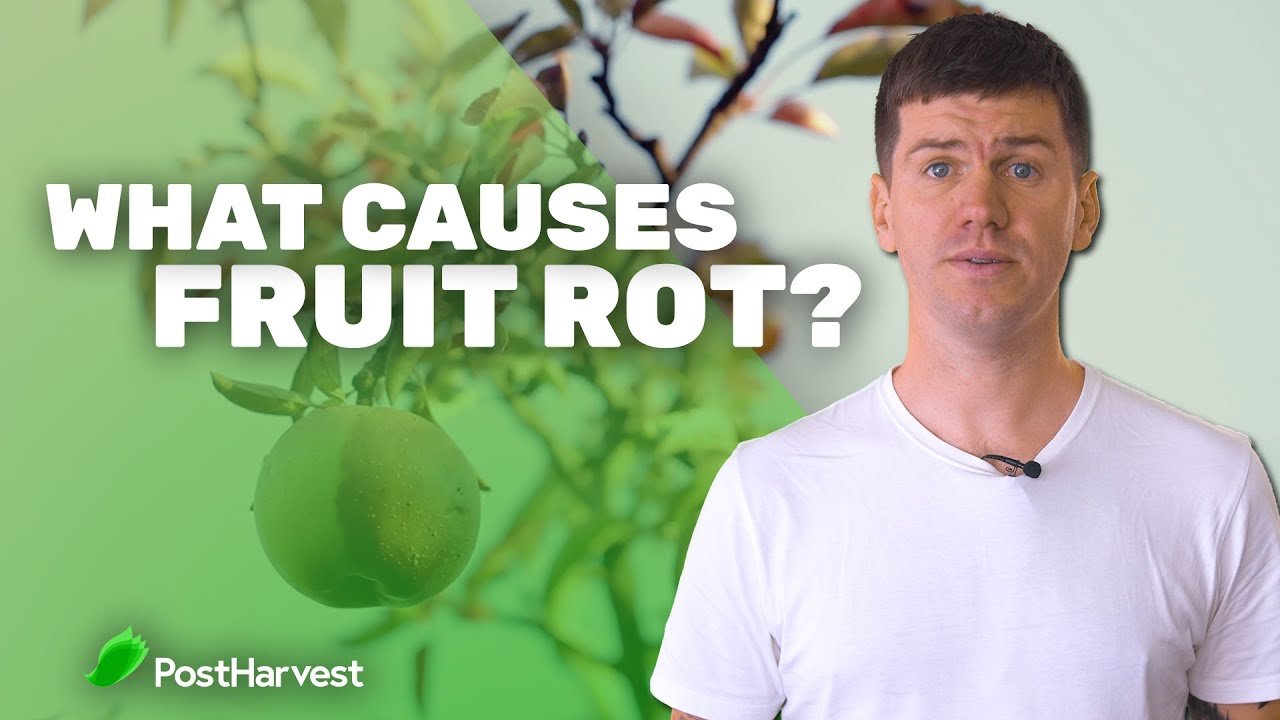What causes fruit rot?
One of the most common problems with fruit crops is fruit rot. This problem can cause significant losses for farmers, and it can be difficult to treat.
In this blog post, we will take a look at what fruit rot is, how it occurs, and we will discuss some of the methods that farmers use to try to prevent it.
1. What is fruit rot and what are the symptoms of it in plants?
Fruit rot is a plant disease that can cause significant losses for farmers, as it can reduce the quality of the crop and make it unmarketable. In some cases, fruit rot can also lead to the death of the plant. It is caused by a number of different fungi, bacteria, and viruses, and it can be difficult to prevent and treat.
Symptoms of fruit rot can include:
Brown or black spots on the fruit
Softening of the fruit
Shrivelling of the fruit
Mould growth on the fruit
Pre-harvest fruit rot symptoms include:
early ripening
fruit discolouration
fruit softening
Post-harvest fruit rot symptoms include:
mould growth on the fruit surface
fruit decay
fruit leakage
2. How does fruit rot occur and how can you prevent it from happening in your garden or orchard?
There are many different types of fungi that can cause fruit rot, but the most common type is Botrytis cinerea. This fungus affects a wide range of fruits, including grapes, strawberries, tomatoes, and peppers.
The fungus enters the plant through wounds in the leaves or fruit lesions, and it proliferates in humid conditions. Once established, the fruit infections can spread rapidly through the crop, causing rot.
To prevent disease development, it is important to practice good crop management. This includes:
Planting disease-resistant varieties of fruit crops
Avoiding overhead irrigation
Pruning plants to improve air circulation
Removing infected fruit from the plant
Disinfecting pruning tools between cuts
3. How do you treat fruit rot if it does occur in your plants?
There are a number of ways that farmers can try to prevent fruit rot. One method is to reduce the amount of humidity in the air around the plants. When humid weather is prevalent, this can be achieved by using fans or by spraying the plants with water.Another method is to apply fungicides to the leaves and fruit. Fungicides can kill the fungi that cause fruit rots, but they must be applied regularly and before the fungi have a chance to infect the plant.Fruit rot can cause significant losses for farmers, but there are some things that farmers can do to try to prevent it. Some of the methods that farmers use to try to prevent rot include:
Crop rotation:
This involves growing a different crop in an area where fruit rot has been a problem in the past. This can help to reduce the chances of fruit rot occurring.
Sanitation:
This involves keeping the area around the fruit crops clean and free of debris. This can help to prevent the spread of fruit infection.
Fungicide treatments:
These involve applying a fungicide to the fruit crops before they are infected with fruit rot. This can help to prevent fruit rot from occurring.
Biological control agents:
The use of different organisms such as beetles, mites, and fungi that can be used to stop the introduction of rotting agents to a crop. Fungicides are typically the most effective method of control, but they can be expensive and they may not be available in all countries. Biological control agents are becoming more popular, as they are more environmentally friendly.
One example of a biological control agent is the fungus Trichoderma viride. This fungus can be applied to the fruit crop, and it will help to prevent fruit rot by competing with the Botrytis cinerea fungus for space and food. Another method of control is to use heat treatments. This involves exposing the fruit crop to high temperatures, which will kill the fungi that cause fruit rot. Heat treatments can be costly and time-consuming, so they are not always practical for farmers.
4. Can fruit rot be harmful to humans or animals that eat the affected produce?
Fruit rot can cause the fruit to become soft and mushy, which makes it more difficult for animals to eat. The fungi that cause fruit rot can also produce toxins that are harmful to humans and animals. These toxins can cause illness or death if they are consumed in large quantities.
For this reason, it is important to make sure that any fruit that is affected by fruit rot is not consumed by humans or animals. If you suspect that your fruit crop has been affected by fungal spores or is displaying disease symptoms, you should contact a qualified agricultural extension agent or plant pathologist for diagnosis and recommendations for treatment.
Summary
So, what is fruit rot? In short, it's a disease that affects plants and causes them to develop infected fruit. The symptoms of fruit rot can vary depending on the type of plant that's affected, but usually, you'll see wilting leaves, rotting fruit, and black or brown patches on the stems or leaves of the plant.
Unfortunately, there is no one-size-fits-all cure for fruit rot - it depends on what's causing the disease in your garden or orchard. However, there are some steps you can take to prevent fruit rot from happening in your plants, and if it does occur, there are treatments available that may be able to save your harvest.
If you enjoyed this article, check out our other blogs and our free online courses for more information on how you can make a difference in the health of fresh produce supplies.

